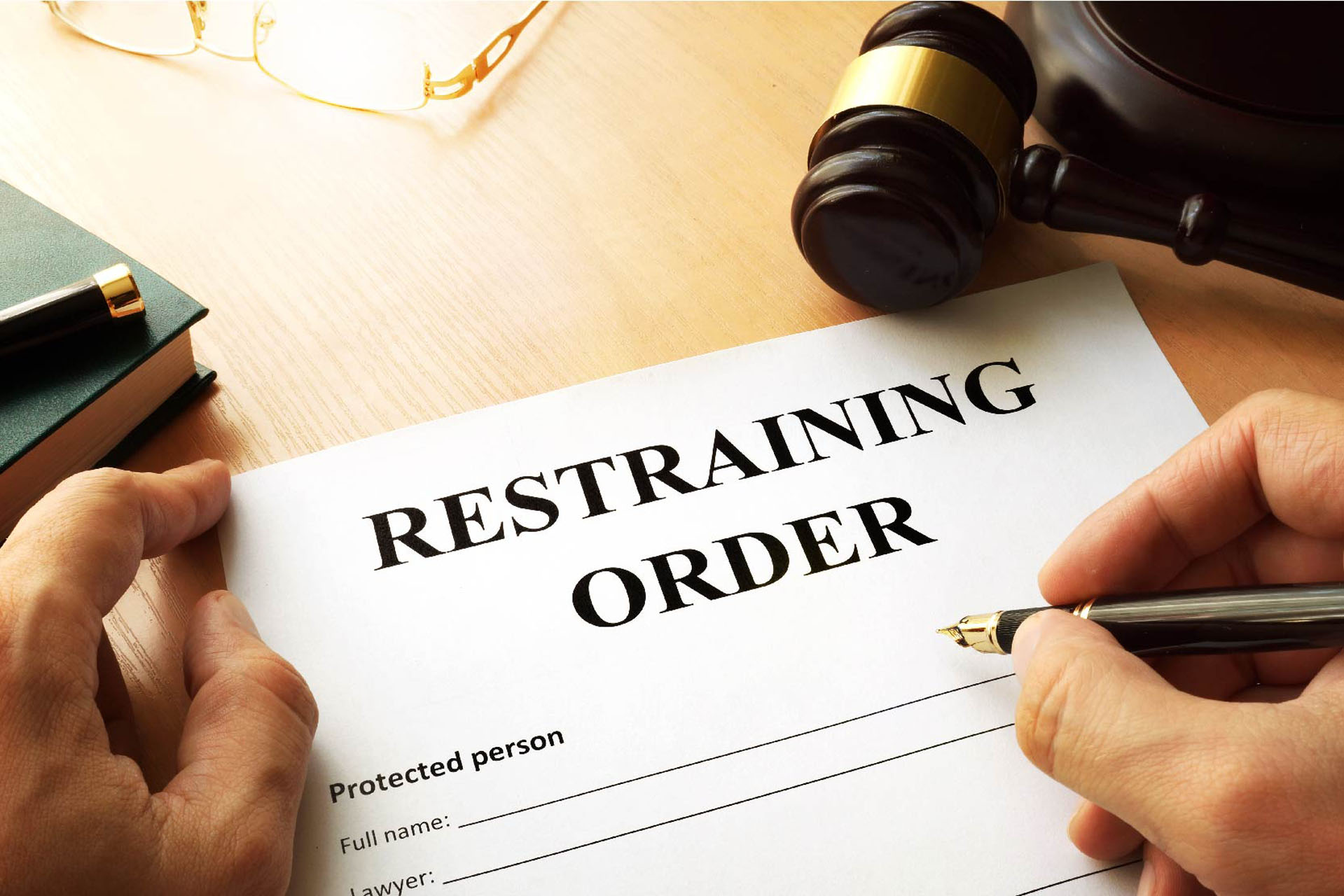Securing Safety: The Evidence Needed for a Restraining Order
Imagine living in constant fear, your daily routine disrupted by the unwanted presence or threats of another person. A restraining order can offer a crucial layer of protection in such situations. But what evidence do you need to obtain one? This comprehensive guide delves into the legalities and empowers you to understand the proof required for a restraining order.
Understanding Restraining Orders:
A restraining order, also known as a protective order, is a legal court order that restricts the behavior of a specific person (respondent) towards another (petitioner). It outlines actions the respondent is prohibited from taking, such as contacting the petitioner, coming within a certain distance, or even owning a firearm. The specific parameters of a restraining order vary depending on the jurisdiction.
Types of Restraining Orders:
There are different types of restraining orders available, each addressing specific situations:
- Domestic Violence Restraining Orders: These orders are issued in cases of domestic violence involving spouses, former spouses, cohabitants, or people who have dated.
- Stalking Restraining Orders: These orders are issued in situations where someone is repeatedly harassing or threatening another person.
- Elder Abuse Restraining Orders: These orders are designed to protect vulnerable elderly individuals from abuse, neglect, or exploitation.
- Civil Harassment Restraining Orders: These orders address broader situations of harassment or threats that don’t necessarily fall under domestic violence or stalking.
The Burden of Proof:
To obtain a restraining order, the petitioner (the person seeking protection) must convince the court that there is a credible threat of harm from the respondent. The burden of proof varies depending on the jurisdiction. In some states, the petitioner must prove a “preponderance of the evidence,” meaning it’s more likely than not that harm will occur. In others, a higher standard of “clear and convincing evidence” might be required.
Types of Evidence for a Restraining Order:
While the specific evidence needed will depend on your situation and local laws, here are some common types of proof that can strengthen your case:
- Police Reports: If you have filed police reports documenting incidents of violence, threats, or harassment, these reports serve as crucial evidence.
- Medical Records: Medical records documenting injuries sustained due to the respondent’s actions can demonstrate the reality of the threat.
- Witness Testimony: Statements from witnesses who have observed the respondent’s threatening or harassing behavior can corroborate your claims.
- Phone Records: Text messages, voicemails, or call logs containing threats or harassment can bolster your case.
- Social Media Posts: Screenshots of threatening or harassing messages posted on social media platforms can be considered evidence.
- Photos or Videos: Documentation of visible injuries, damaged property, or the respondent’s unwanted presence can be valuable.
- Orders of Protection: Previous restraining orders obtained against the respondent can demonstrate a pattern of concerning behavior.
Preparing for Your Hearing:
If you’re considering seeking a restraining order, here are some steps to take:
- Gather Evidence: Collect all relevant documentation mentioned above to build a strong case.
- Contact an Attorney: An attorney specializing in family law or domestic violence can provide invaluable guidance and support throughout the process.
- Understand Local Laws: Familiarize yourself with the specific laws and procedures for obtaining a restraining order in your jurisdiction.
- Be Prepared to Answer Questions: Be prepared to recount the incidents that led you to seek protection and explain the nature of the threat.
FAQ
- What if I don’t have any physical evidence?
While physical evidence strengthens your case, witness testimony or detailed accounts of the incidents can still persuade the court. If you lack documentation, seeking legal counsel becomes even more crucial as an attorney can help you present your case effectively.
- Can I get a restraining order if the abuse is emotional?
Yes, restraining orders can address emotional abuse as well. Threats, intimidation, or controlling behavior can be grounds for a restraining order depending on the severity and impact on your well-being.
- How long does a restraining order last?
The duration of a restraining order varies based on the type of order and the judge’s decision. Temporary orders might be issued initially, followed by a hearing to determine a more permanent duration.
- What happens if the respondent violates the restraining order?
Violating a restraining order is a criminal offense. Contact law enforcement immediately if the respondent violates the order.
- Can I get a restraining order against someone I don’t know?
Generally, restraining orders are issued against individuals you have a personal relationship with. However, some jurisdictions might allow orders against strangers under specific circumstances, such as stalking.






More Stories
Where to Watch USMNT vs Jamaica National Football Team
How I Met My Monster
How Should a Ring Fit